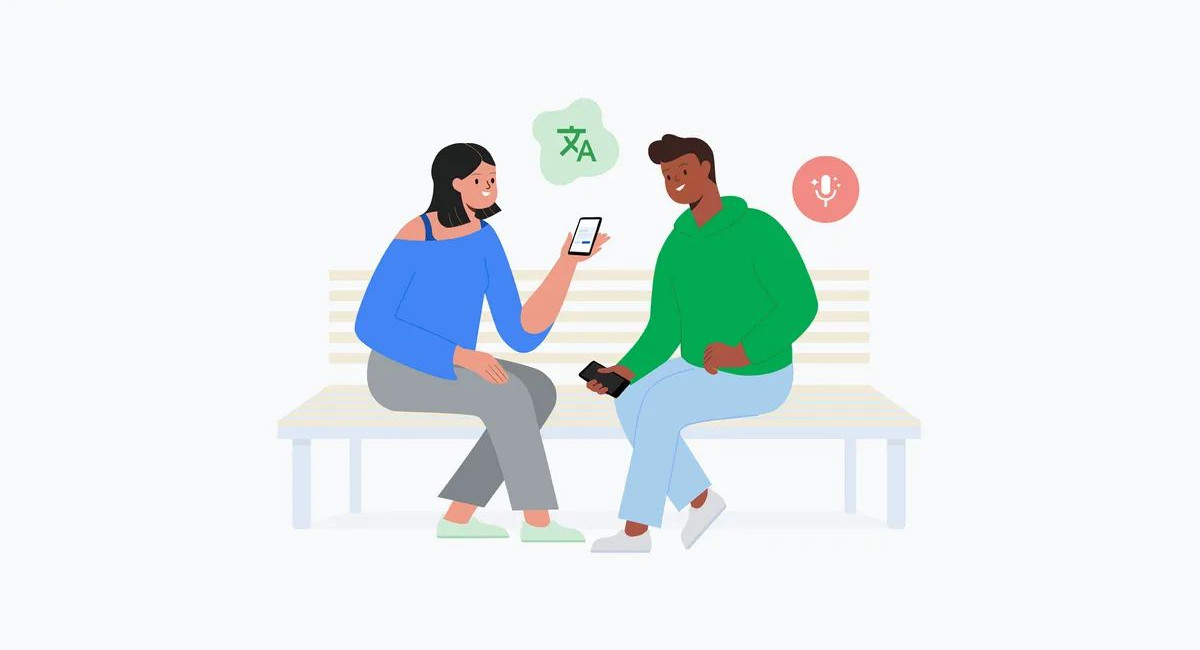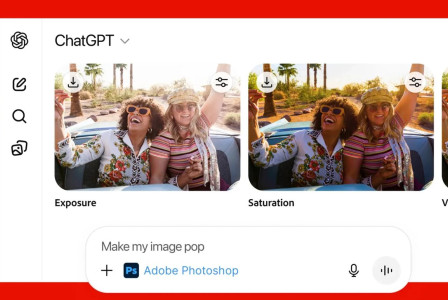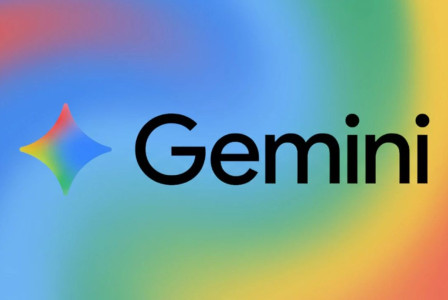SEARCH
Google Translate is becoming a language tutor with AI

SHARE IT
Google is reimagining its Translate app, transforming it from a simple translation tool into a personal language-learning companion. The company has begun rolling out a beta version of new features that go far beyond word-for-word translation. Using its Gemini AI models, Google Translate can now generate personalized language lessons, opening the door to a new rival for Duolingo and other digital language-learning platforms.
Until now, Google Translate was best known for quick translations of text, images, or speech. But the latest update introduces an entirely new function: the ability to create lessons based on a user’s skill level and goals. With a single tap on the new Practice button, users can set their proficiency — from beginner to advanced — and explain why they want to learn the language. Google then tailors a scenario to fit that purpose.
For example, an English speaker with intermediate Spanish skills preparing to live with a host family abroad might receive a lesson built around mealtime conversations. Instead of rote vocabulary drills, the app generates realistic practice exercises that focus on practical, everyday interactions. Users can rehearse speaking about the chosen scenario directly with Translate or simply listen to conversations and highlight words they recognize.
Matt Sheets, a product manager at Google, described the feature as a way to build confidence and consistency. “These exercises track your daily progress and help you build the skills you need to communicate in another language with confidence,” he said during a press briefing.
At launch, the practice mode is somewhat limited in scope. English speakers can use it to learn Spanish and French, while speakers of Spanish, French, and Portuguese can practice English. But Google hinted that support for more languages is in development.
The similarities to Duolingo are hard to miss. Duolingo has become the most recognizable language-learning app worldwide, offering gamified lessons that adapt to a user’s skill level and objectives. Google’s entry into the same space suggests it sees language learning as a natural extension of Translate’s utility, especially since it already serves hundreds of millions of users globally.
What sets Google’s approach apart, however, is its reliance on Gemini, the company’s flagship AI model. While Duolingo relies on structured curricula and incremental exercises, Google’s system can create lessons on the fly, shaped by the user’s specific needs. This flexibility could give Translate an edge, particularly for learners who want practical, real-world scenarios rather than general grammar drills.
Alongside the learning tools, Google has also introduced a live translation feature designed for real-time conversations. This addition allows two people who don’t share a common language to communicate seamlessly through the app.
Here’s how it works: when one person speaks, Translate instantly transcribes the words, translates them, and then produces an audio response in the other person’s language. The process is repeated for both sides of the conversation. The result is a fluid back-and-forth dialogue where neither party has to switch apps or rely on separate translation devices.
The feature differs slightly from the live translation available on Google’s Pixel 10 devices. While Pixel attempts to replicate the user’s voice in its AI-generated audio, the Translate app sticks to a neutral synthetic voice. Sheets noted that Google is “experimenting with different options” and did not rule out future updates that could make the translation feel even more personal.
The live translation tool is already accessible to users in the United States, India, and Mexico. It supports over 70 languages, from widely spoken ones like Arabic, French, Hindi, Korean, and Spanish to regional languages such as Tamil. Google says the rollout will expand further, potentially making the Translate app one of the most versatile conversation tools available worldwide.
By embedding both learning modules and real-time communication tools into Translate, Google is positioning the app as more than a utility — it’s evolving into a full-fledged language companion. For travelers, students, or professionals working across borders, the integration of AI-powered lessons and instant conversation support could make language learning more approachable and practical than ever before.
For years, language learning apps like Duolingo, Babbel, and Rosetta Stone have operated in a relatively defined space. Google’s move threatens to disrupt that landscape by embedding learning directly into an app that already has enormous reach. With hundreds of millions of active users, Translate has the advantage of familiarity and scale, two factors that could accelerate adoption of its new features.
MORE NEWS FOR YOU

 Help & Support
Help & Support 

